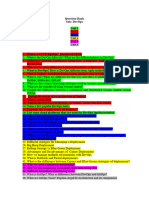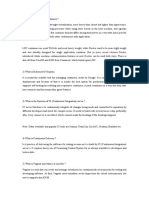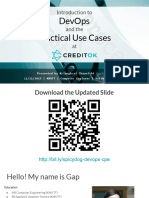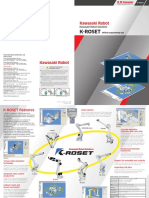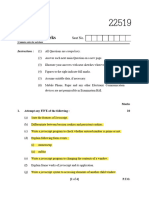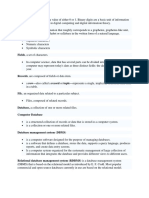0% found this document useful (0 votes)
51 views3 pagesDevOps Interview Questions
The document provides a comprehensive list of DevOps interview questions and their corresponding answers, covering topics such as CI/CD, benefits of DevOps, key tools, and cloud services from AWS, Azure, and Google Cloud. Key concepts include Docker containers, Kubernetes components, and various cloud services like EC2 and S3. It serves as a useful resource for individuals preparing for DevOps interviews.
Uploaded by
Jangam SwathiCopyright
© © All Rights Reserved
We take content rights seriously. If you suspect this is your content, claim it here.
Available Formats
Download as PDF, TXT or read online on Scribd
0% found this document useful (0 votes)
51 views3 pagesDevOps Interview Questions
The document provides a comprehensive list of DevOps interview questions and their corresponding answers, covering topics such as CI/CD, benefits of DevOps, key tools, and cloud services from AWS, Azure, and Google Cloud. Key concepts include Docker containers, Kubernetes components, and various cloud services like EC2 and S3. It serves as a useful resource for individuals preparing for DevOps interviews.
Uploaded by
Jangam SwathiCopyright
© © All Rights Reserved
We take content rights seriously. If you suspect this is your content, claim it here.
Available Formats
Download as PDF, TXT or read online on Scribd
/ 3
